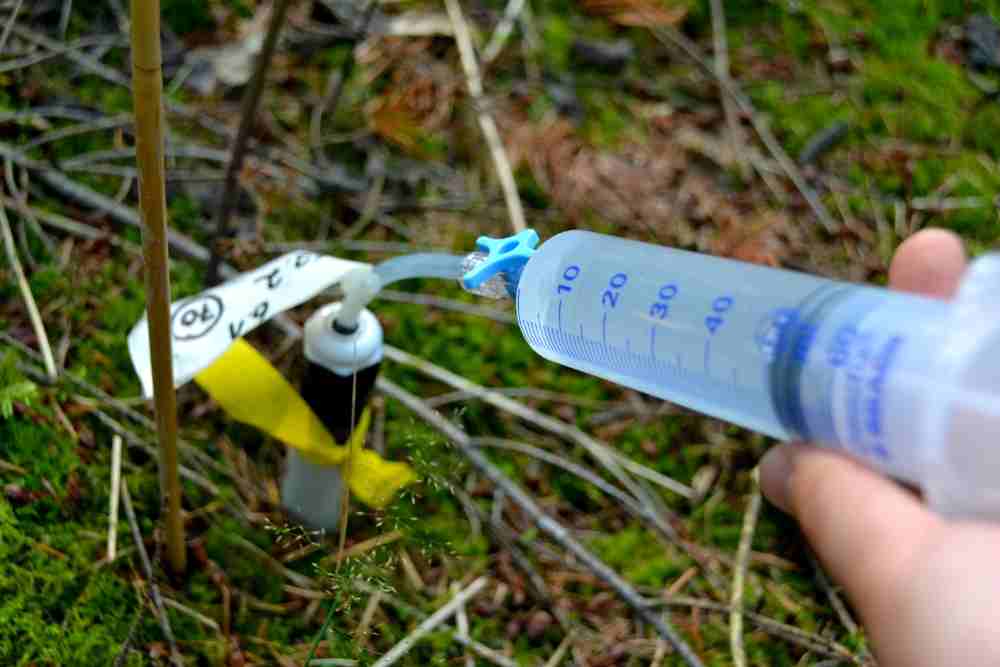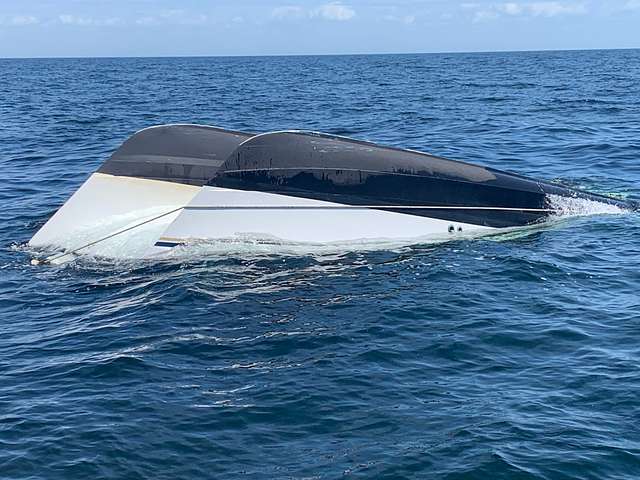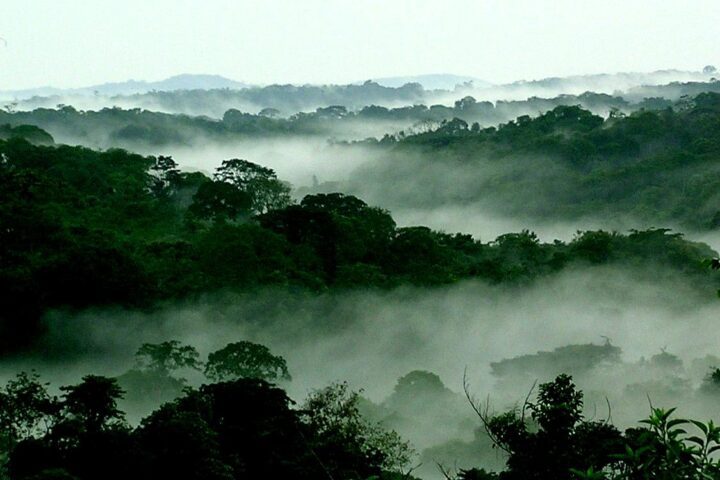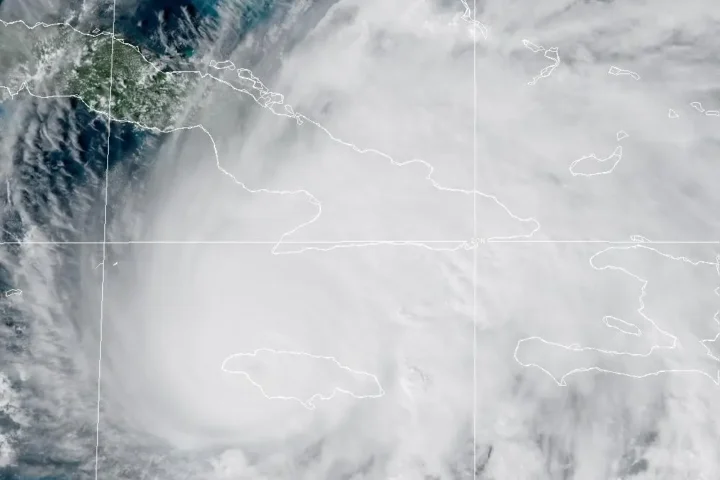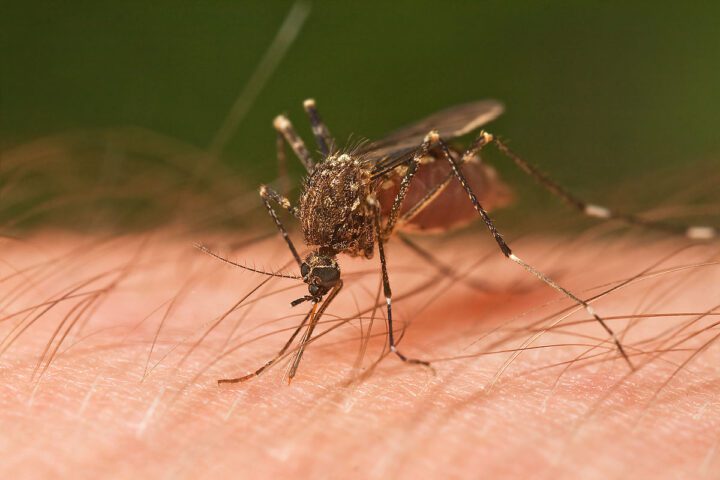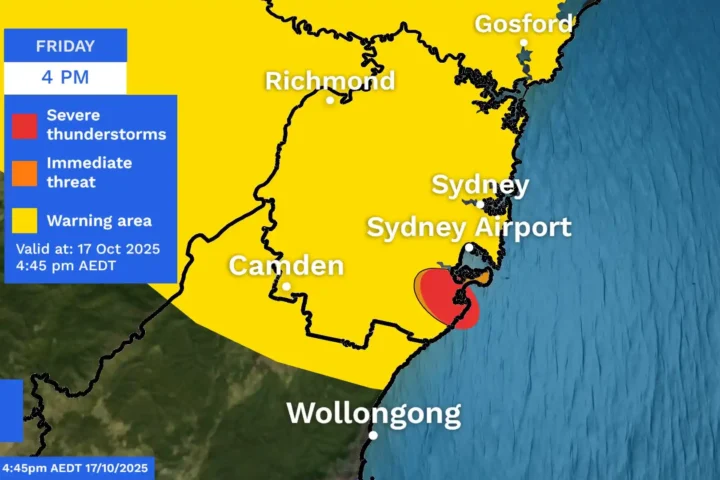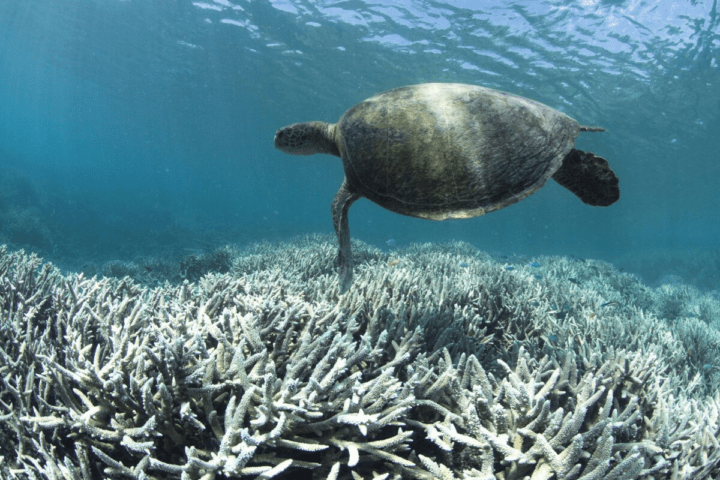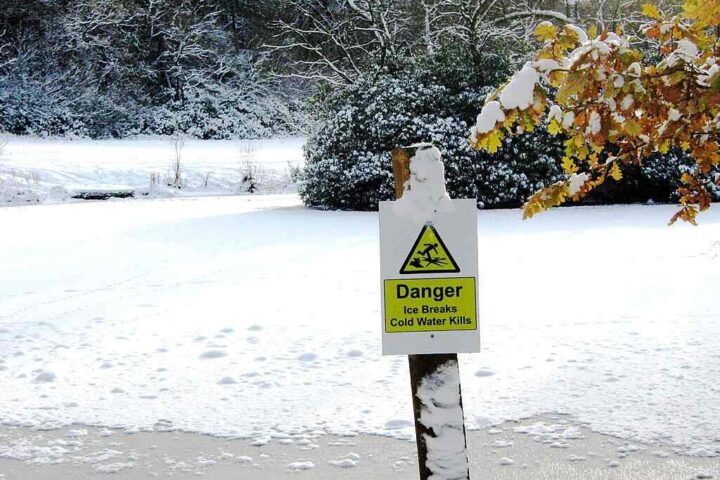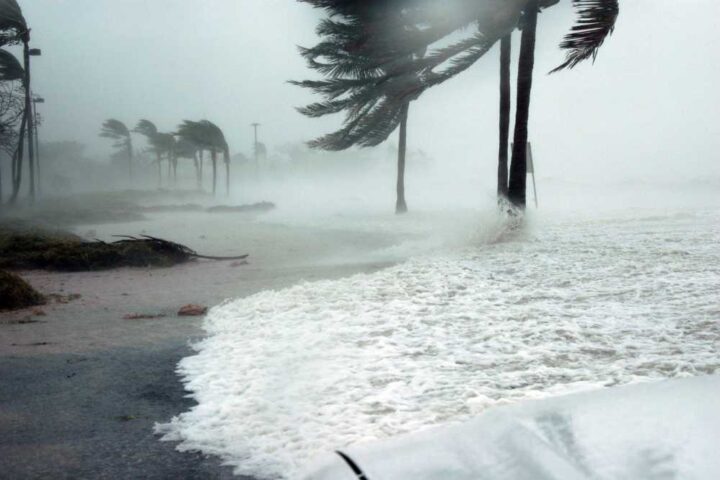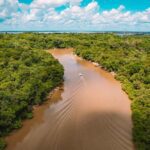Forests are facing longer dry spells as climate change intensifies. A University of Göttingen study reveals how three important tree species develop different tactics for surviving when water becomes scarce.
Scientists examined Norway spruce, European beech, and Douglas fir to determine which species might thrive as drought becomes more common. Using water molecules of different weights—stable isotopes—researchers tracked exactly where in the soil each tree drew its moisture from.
“The new findings from the mixed stocks are exciting and promising,” says Christina Hackmann, who led the study. “We see that the beech reacts to its neighbors. It could have advantages due to the deeper water absorption in the mixed population.”
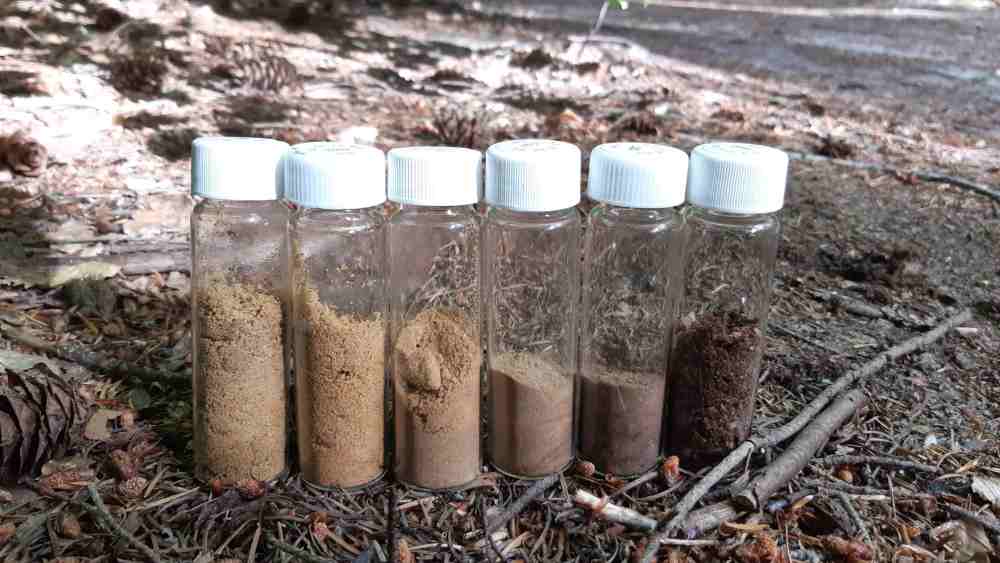
Norway spruce showed the highest drought vulnerability. Its shallow roots mainly access water from upper soil layers that dry out first during hot periods. Spruce follows an isohydric strategy, closing leaf pores (stomata) early to prevent water loss. This limits photosynthesis and carbon gain, potentially weakening its defenses against bark beetles.
European beech and Douglas fir reach deeper soil layers for water. Beech displays anisohydric behavior, keeping stomata open longer even as water becomes limited. This maintains carbon uptake but increases the risk of embolism—harmful air bubbles forming in water-conducting tissues.
Tree species influence each other when grown together. Beech trees alongside Douglas fir absorbed more water from deeper soil layers than beech in pure stands, showing improved night-time rehydration and reduced tree water deficit. However, spruce growing with beech was forced to rely even more heavily on surface water, increasing its vulnerability.
“Beech and Douglas fir are a better combination,” notes Hackmann. “However, if it gets too dry overall, all tree species will have problems.”
Similar Posts
These findings matter because Central European forests have suffered severe droughts in 2003, 2015, and 2018-2020, causing significant forest dieback. Mixing the right tree species could enhance forest resilience through complementary root systems and water uptake patterns.
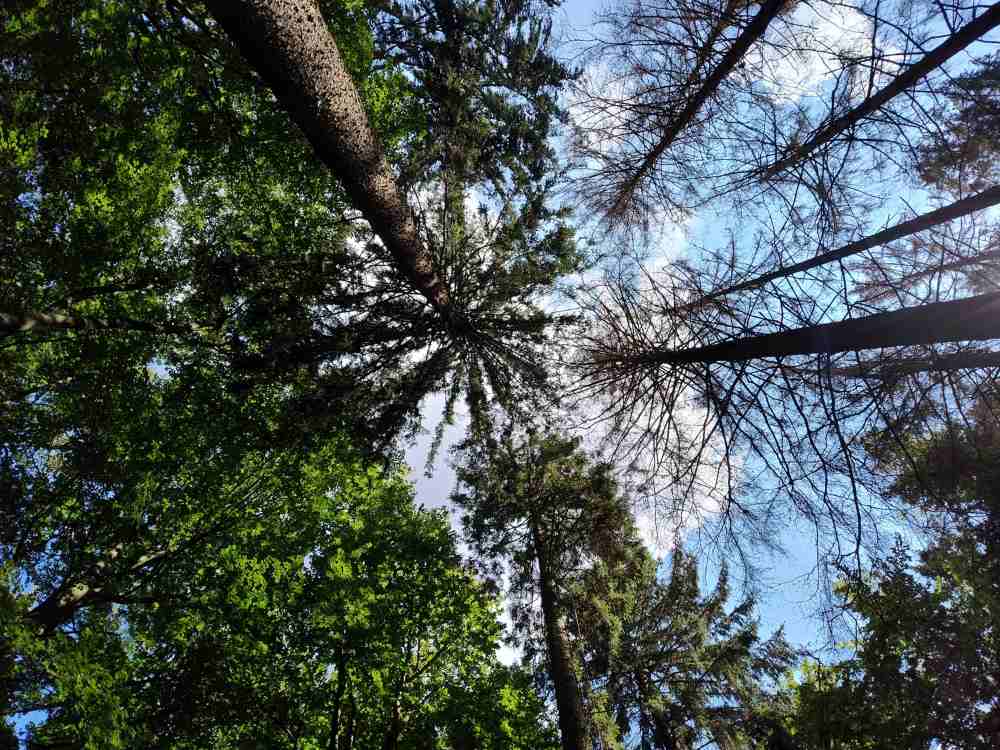
The study measured key drought response indicators like sap flux, stem shrinkage, transpiration rates, and vapor pressure deficit responses. Forest management is shifting from maximizing timber production to building resilience. Biodiversity in forest stands provides insurance against extreme weather events, with mixed forests often maintaining higher gross primary productivity during and after drought periods compared to monocultures.

The research helps forest managers select climate-adapted species combinations based on soil conditions and future climate projections. This approach aims to preserve ecosystem services like carbon sequestration while maintaining forest health under increasingly challenging conditions.
The study was conducted as part of the Research Training Group 2300 “EnriCo” funded by the German Research Foundation and published in the journal Plant Biology.
